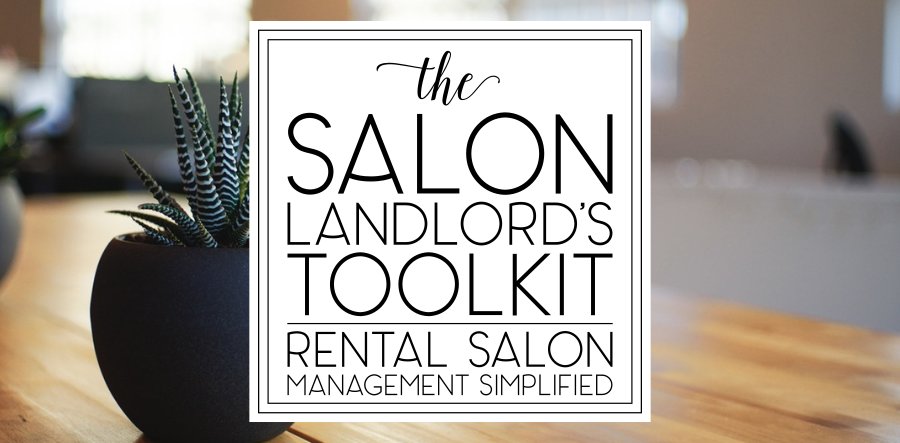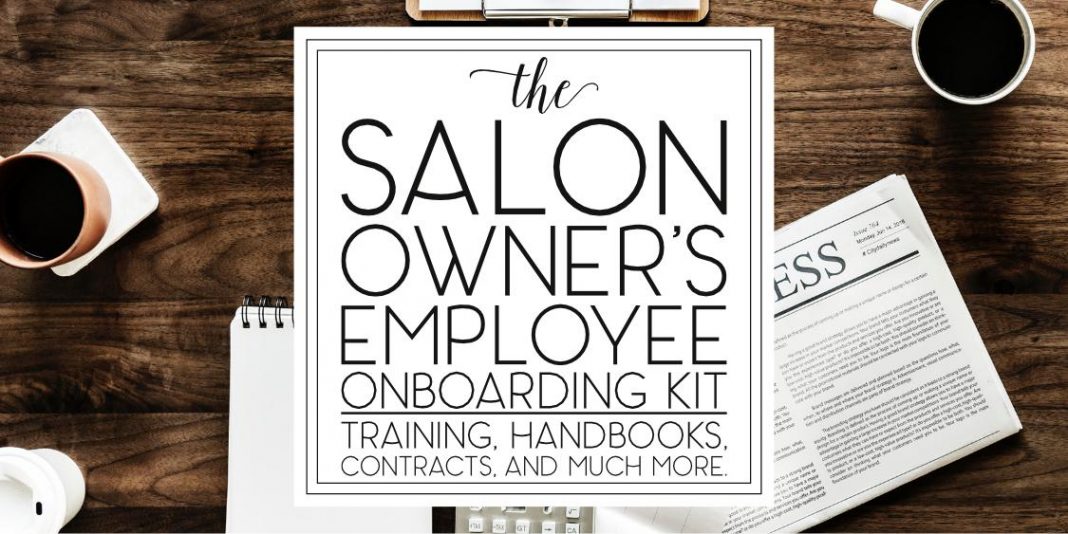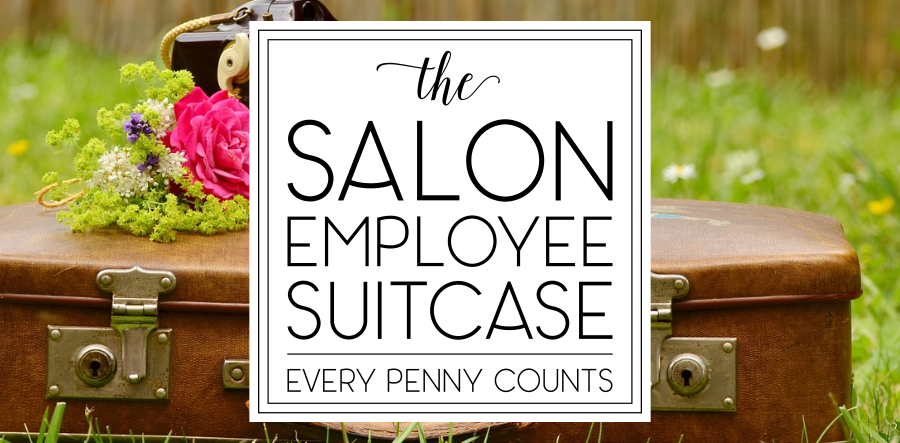Previously, we talked about what to do when other people screw up, but how do you handle it when you’re the one at fault? Frequently, salon owners ask me during our consulting sessions–”I know I screwed up. They know I screwed up. I just can’t find the words or determine the best approach.”
You know the conversation has to happen. You know ignoring it and hoping the fracture you’ve caused between yourself and your employees or coworkers will somehow correct itself just isn’t the right thing to do. Maybe you’re having problems sleeping or you’re feeling a pang of guilt and the awkward tension that hangs heavy in the salon every time you enter the room.
Listen to the Audio Version
For salon owners and managers, apologizing can be particularly difficult. According to a global survey conducted by The Forum Corporation, when asked if their boss ever apologizes or admits their mistakes, half of employees stated that their boss never or rarely apologizes, a third complained that their boss rarely even acknowledges their mistakes, and just five percent reported that they get an apology every single time one is warranted.
How did the managers respond to the same question? Half of them claimed to “always” apologize to employees for mistakes, 38% reported that they “often” do.
Only 19% of the employees agree with the managers’ assessments of their willingness to apologize.
So what excuse did these so-called “leaders” give for their reluctance to admit fault and express remorse? 70% claimed they were afraid of appearing incompetent. 30% stated they were afraid to look “weak.”
Ironically, your refusal to admit fault causes you to look incompetent and weak. (As does your refusal to admit your limitations and ask for help when you require it.) Those behaviors undermine employee confidence and trust in you, ultimately resulting in a loss of respect.
Employees who don’t respect you will never accept your leadership.
The longer you continue to obstinately act as if you’re blameless and faultless, the harder it will be for you to ever regain that lost respect.
When should you apologize?
Usually, you’ll instinctively know when an apology is warranted and necessary, but because so many professionals have a tendency to apologize for everything (including things that weren’t their fault), here are some general guidelines.
You need to apologize when you:
- make a mistake.
- must make a tough decision that will affect someone else negatively.
You typically do not need to apologize anytime else.
“Sorry, can you come into my office? I need ask you a few questions real quick?”
“Sorry, I need your help with something.”
“Sorry, but could you fold these towels?”
“Sorry, our prices aren’t negotiable.”
Pay attention to how often you’re apologizing and ask yourself if the apology is actually necessary, or if you’re just saying “sorry” to keep from appearing demanding. Women in particular tend to apologize constantly. We don’t need to apologize for being busy, requiring assistance, or for 99% of the things we tend to reflexively apologize for. These unnecessary apologies undermines our confidence and robs the power and authority from our words.
Either omit your unnecessary “sorry,” or substitute it for “please” and “thank you.”
“Please come into my office. I need to ask you a few questions.”
“Would you please help me lift this?”
“Please fold these towels. Thanks!”
“Our prices aren’t negotiable.”
This is an entirely different subject, but it’s important to take apologies seriously. It’s okay (and necessary) for you to be authoritative–no apology required.
Save your apologies for when they’re needed.
How to Apologize
Here are some tips for handling those instances that require a genuine apology.
Arrange a meeting. Like accountability discussions, apologies are sensitive issues that have to be handled well. Gather the person or persons who require an apology from you. This meeting should take place in person–not via text, email, or phone call. (Remember, words themselves only comprise 7% of the message you’re trying to send.)
Eliminate all distractions. Leave your phone elsewhere. Let others know that they should not interrupt the meeting.
When it’s time to say you’re sorry, the recipient of the apology deserves your full attention.
Don’t make excuses. Fight the urge to explain yourself or try to justify what you did. Diverting attention and blame from yourself is the worst thing you could possibly do when trying to apologize.
Follow the apology formula. An effective apology requires specific sentiments and statements to be made at particular points in the apology. You’ll find many different variations of this formula on thousands of management, leadership, and communication websites, but for the most part, they all follow the same pattern:
- Express remorse. This is the easiest part. The first words out of your mouth need to be, “I’m sorry.”
- Specify the errors. Make sure the recipient (or recipients) know exactly what you’re apologizing for, in detail. Don’t be tempted to brush over your actions by being too broad. Pinpoint each mistake you made.
- Expand on it. Have you ever reprimanded a child, received an adorable apology, but when you ask them, “Why are you sorry?” they can’t answer? It’s not enough to point out your mistakes, you have to explain why you know they are mistakes.
- Own the damage you caused. A person making a proper apology will know the consequences (or potential consequences) of their actions. Regardless of whether the worst came to pass, acknowledge the ramifications.
- Show growth. Let this experience serve as a learning opportunity for you. Explain that you will do your best to ensure you never repeat the mistake.
- Show appreciation, but don’t expect forgiveness. Thank the recipient(s) for their time and hearing you out. Take this opportunity to express gratitude for other things as well.
In the first post about accountability, we used the example of a nail technician who was pressured into working outside of her scope of practice by a pushy salon owner to show how that technician would hold that salon owner accountable for her behaviors. Let’s build on that example by illustrating how the salon owner in that situation may apologize for her mistakes.
I’m sorry. It was wrong of me to pressure you into accepting that client and it was completely unacceptable for me to confront you that way at all, let alone in the presence of the customer. Allowing you to work on that client would have been a violation of board regulations and could have put your license in jeopardy. Both of us could have been fined, but on top of that, the health and safety of the clients could have been compromised.
My behaviors made you feel disrespected and uncomfortable, and that was absolutely wrong. I appreciate that you’re willing to give me another chance and promise that I’ve learned from this incident. I’ll do my best to ensure it never happens again.
Thank you for giving me the opportunity to apologize. You’re a valuable employee, always prompt, professional, and cordial. I admire your dedication to your profession and to client safety.
Apologizing requires courage. It isn’t always easy to allow yourself to be vulnerable.
For leaders in particular, it’s important to put your honesty and integrity above your pride, ego, or personal comfort. Showing humility and humanity inspires others to do the same. Most managers understand how critical it is for leaders to model behaviors they expect so employees will emulate those behaviors. Apologizing lets employees know you prioritize their welfare and happiness.
When employees know they have your support, they’re far more likely to support you back.
Preventing employee turnover is simple. Apologies from leadership are an important part of securing employee loyalty, but more tips can be found in my post, “How to Keep Your Employees Happy, Inspired, and Loyal.”
What about you? Do you have a hard time apologizing or does it come easy to you? Why? Have you ever worked for someone who was great at apologizing, or someone who was terrible about it? How did that work out?
Personally, I can’t stand knowing when I’ve done something wrong, especially if that wrong thing negatively affected (or had the potential to negatively affect) someone else. It eats at me until I say something about it. I take apologies seriously, which is why I recommend only apologizing when you’re truly sorry.
Tell us about your experiences in the comments!








